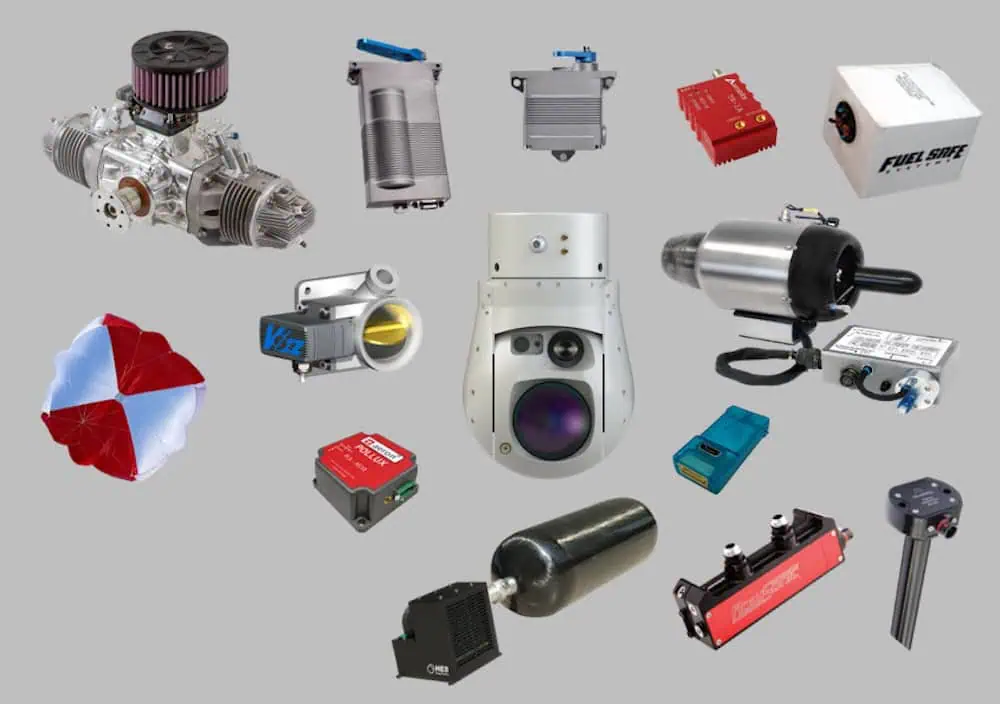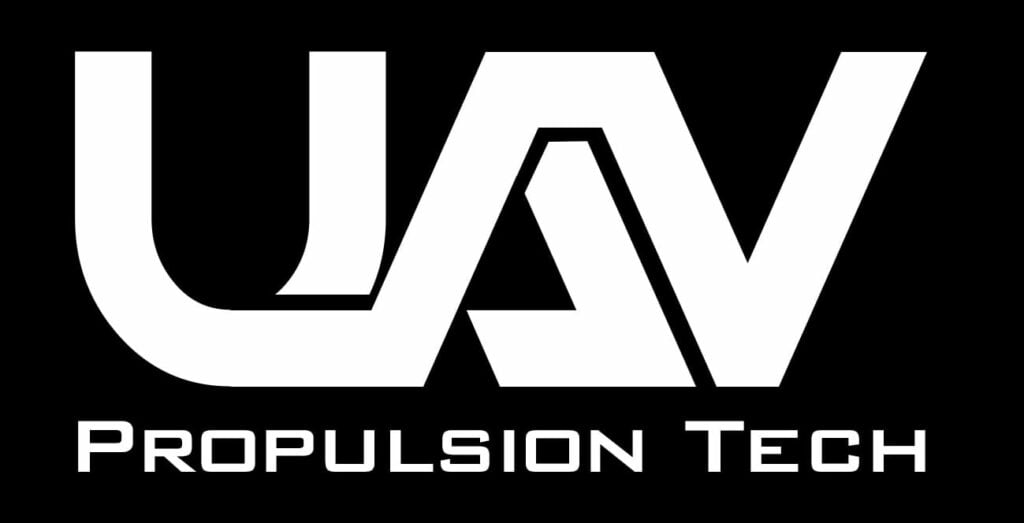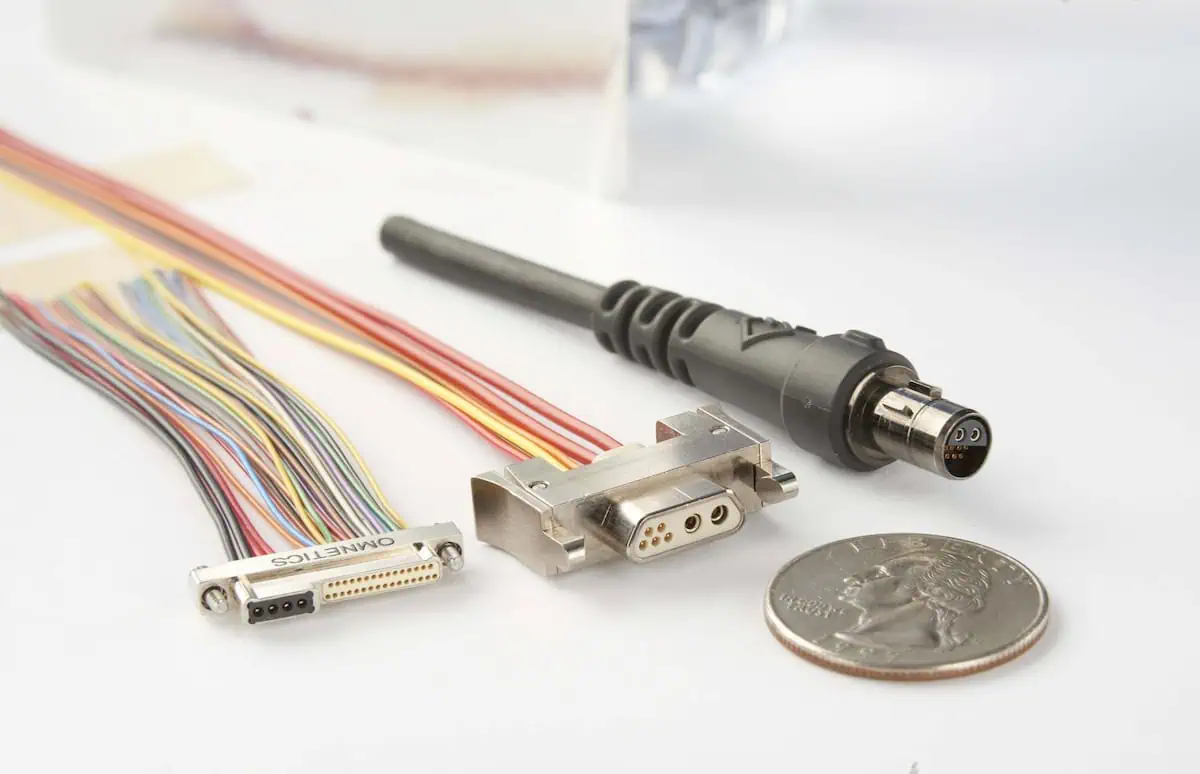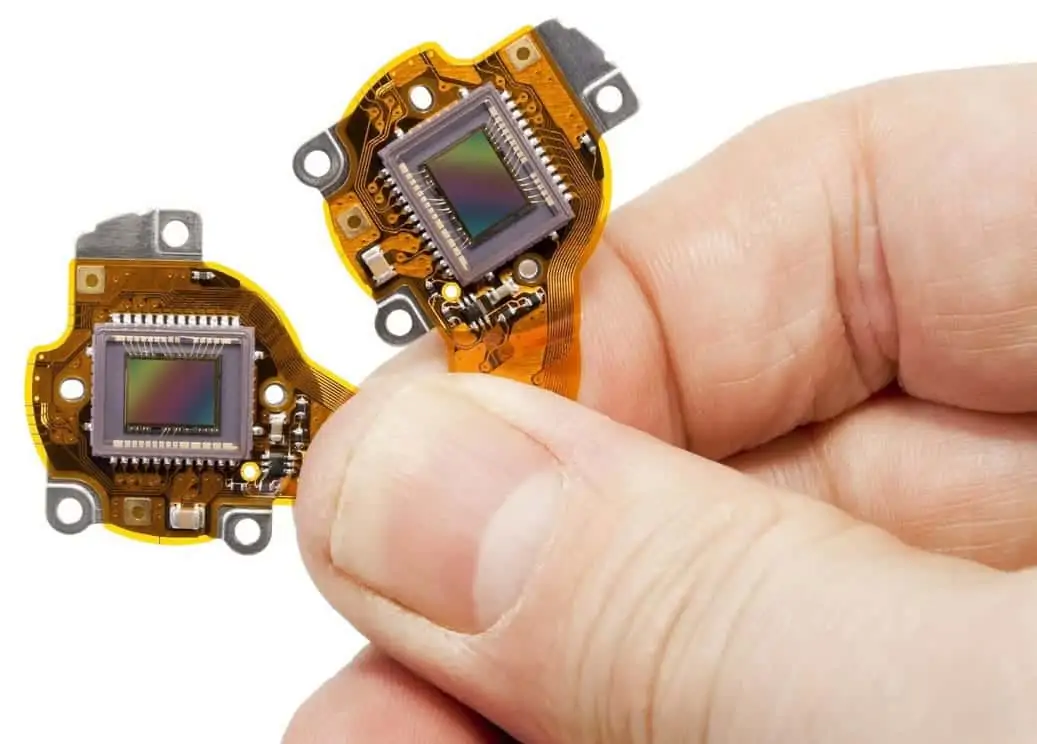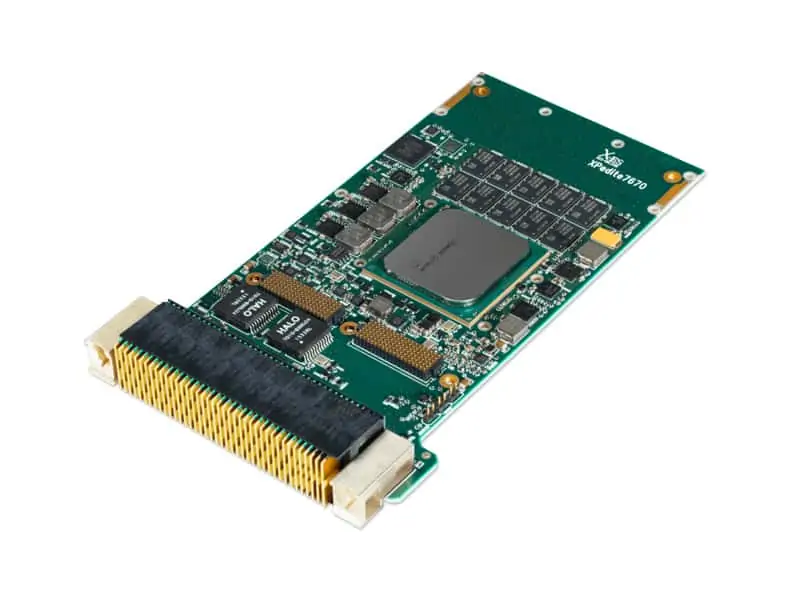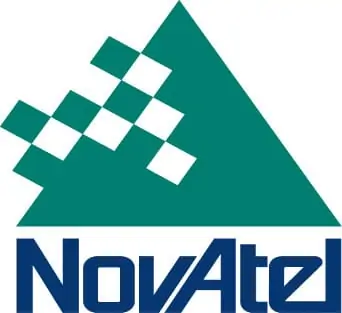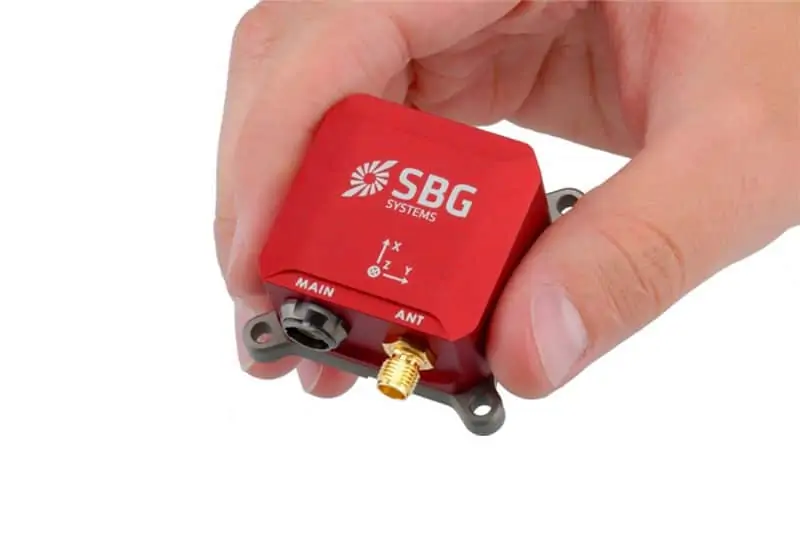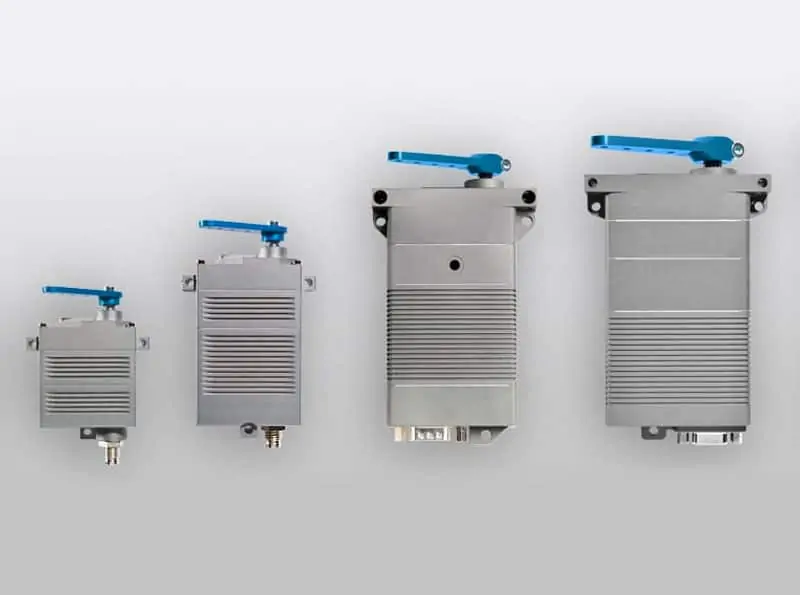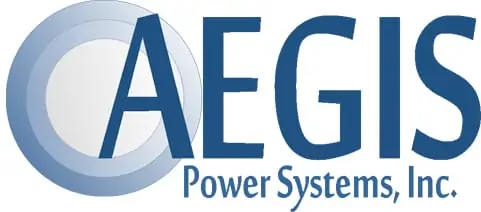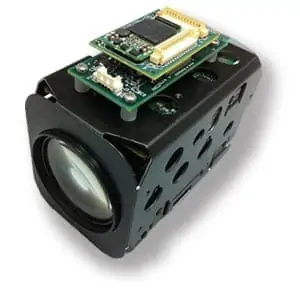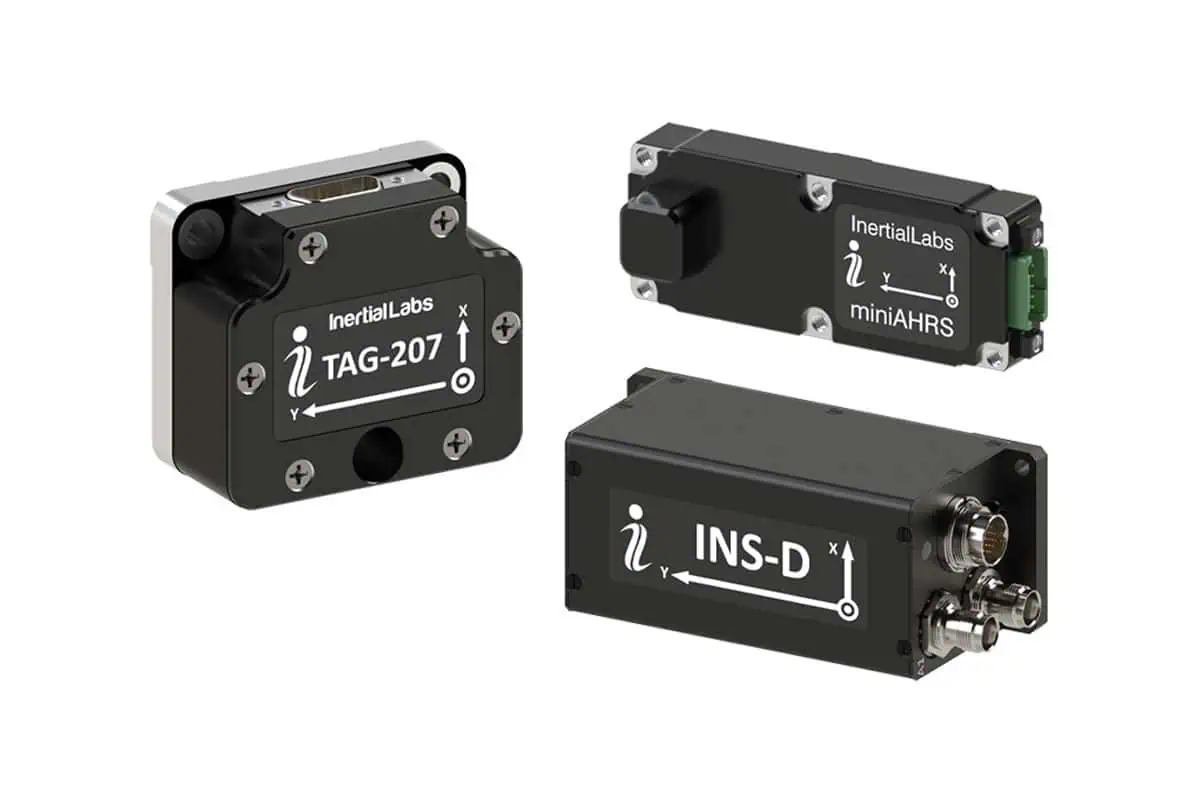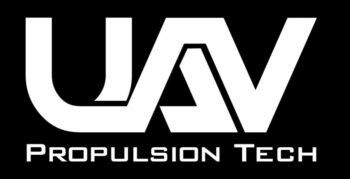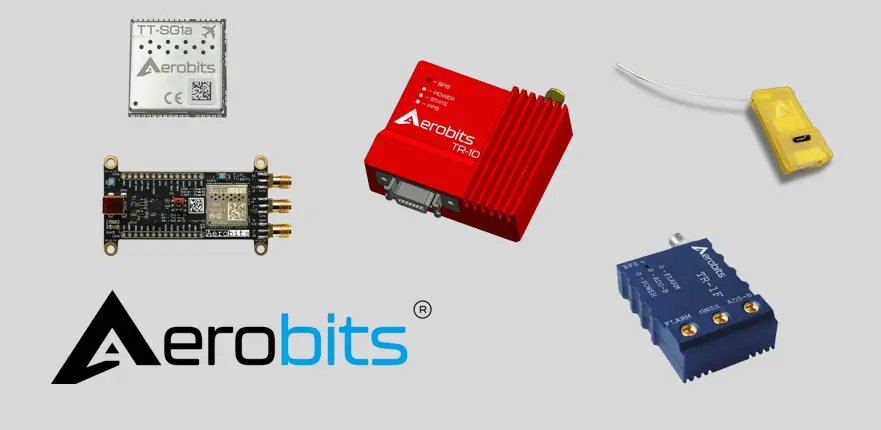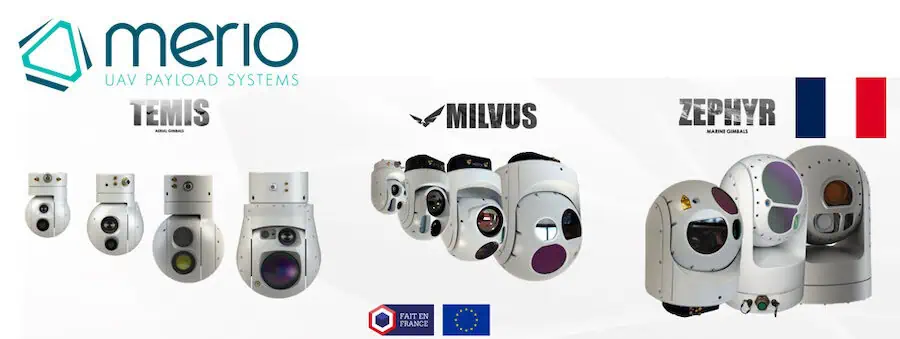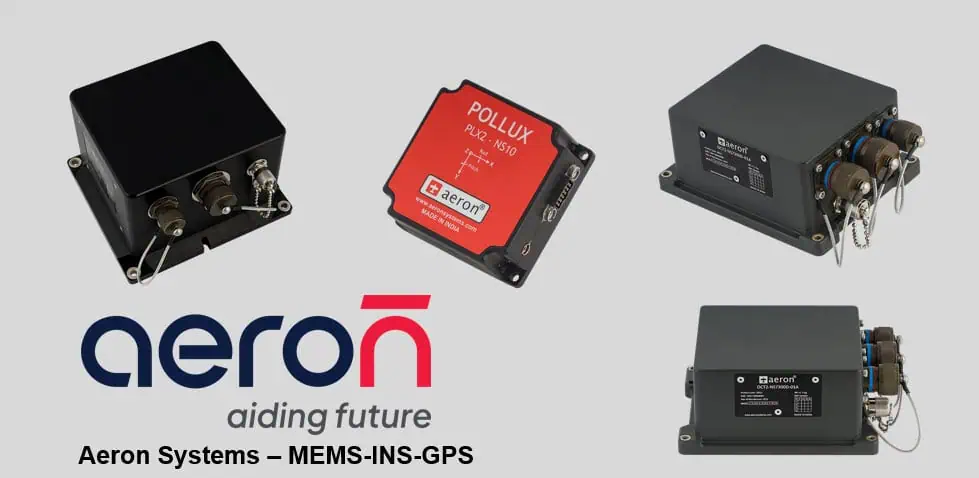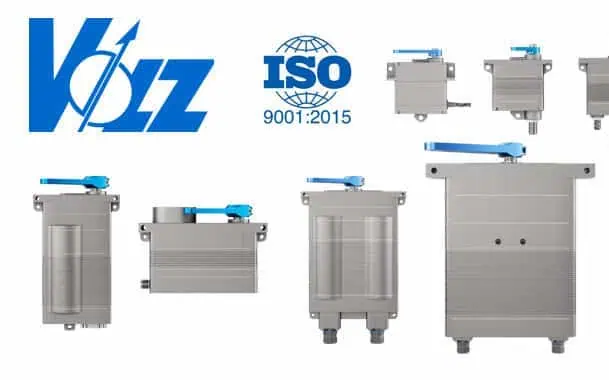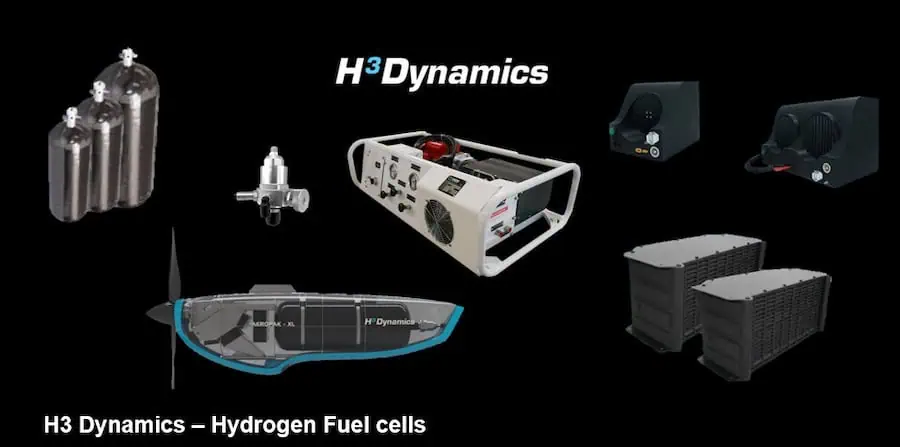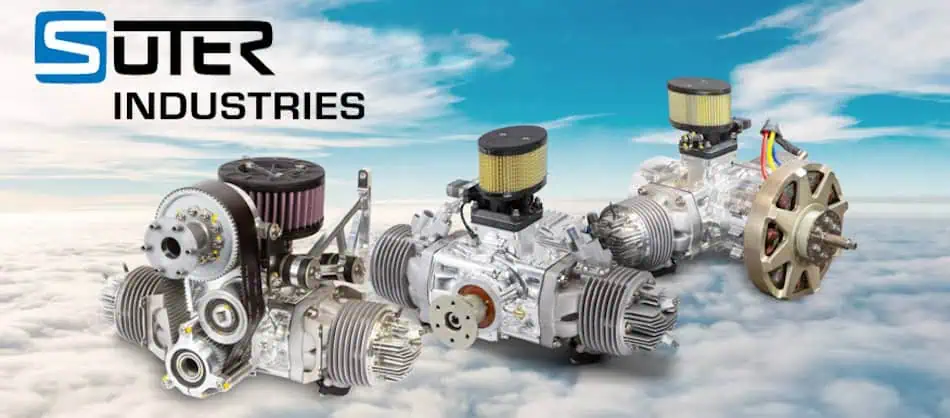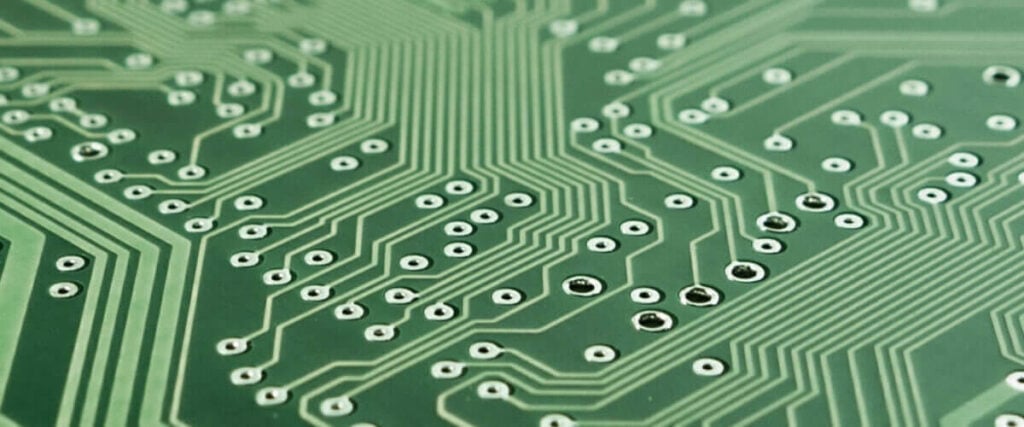
Specialty Coating Systems examines how the spontaneous growth of conductive tin whiskers remains a persistent reliability threat in electronic assemblies, particularly where electroplated tin is used as a surface finish. Read more >>
These needle-like structures — ranging from 1 to 10 mm in length — can cause arcing, short circuits, and other catastrophic failures in high-reliability environments, including aerospace, medical, and nuclear systems.
Although tin whiskers were first documented in the 1940s, the mechanism behind their formation remains poorly understood. They are believed to result from internal compressive stresses in tin coatings and have been implicated in malfunctions ranging from computer hard drive failures to pacemaker recalls.
Among the most concerning failure modes are stable and transient shorts, metal vapor arcs under high power, and EMI effects in high-frequency circuits—some whiskers even act like miniature antennas above 6 GHz. In vacuum conditions, such as space, whisker-induced shorts can rapidly ionize, conducting hundreds of amps.
Conformal Coatings as a Mitigation Solution
Total prevention remains elusive, but mitigation is possible. Conformal coatings serve as a physical barrier, impeding whisker growth and preventing electrical bridging between components.
Vapor-deposited Parylene, in particular, offers superior protection. Applied through chemical vapor deposition (CVD), it forms an ultra-thin, pinhole-free film that penetrates deep into component gaps — down to 0.01 mm — without introducing thermal stress. Its chemical inertness and tensile strength ensure durability across a wide thermal range.
NASA studies support urethane and certain acrylic coatings — like HumiSeal® 1B31 — as effective alternatives, although with less comprehensive protection than Parylene. Epoxy and silicone coatings, by contrast, have demonstrated limited efficacy.
In high-stakes electronics applications, mitigating tin whiskers is critical. While the root cause remains under investigation, the deployment of conformal coatings — especially Parylene — provides a proven defense against whisker-induced failures.
As systems become more compact and performance-critical, these mitigation strategies will continue to play a vital role in maintaining operational integrity across sectors.
Read the original article, or visit the Specialty Coating Systems website.

